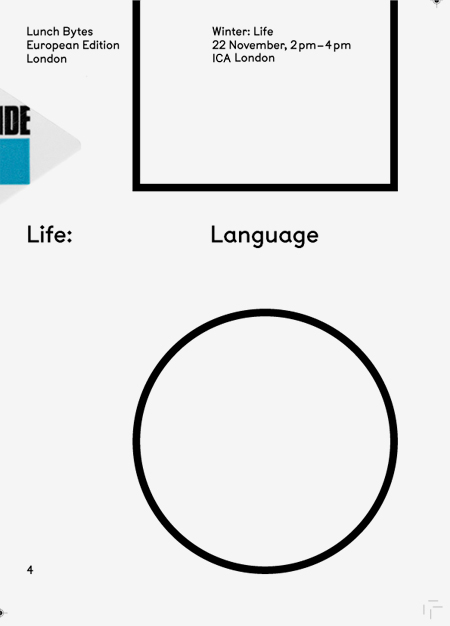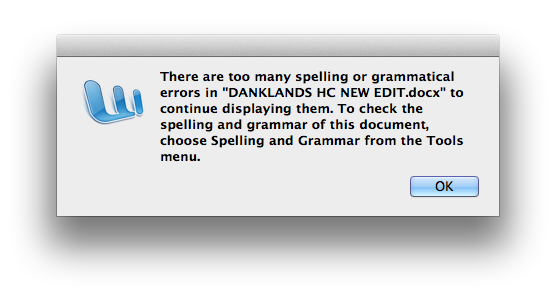“LUNCH BYTES” AT ICA LONDON
| December 17, 2014

Courtesy of ICA London
LAST WEEKEND, ICA London hosted a Lunch Bytes event inviting writer/ artist/ curator Holly Childs, theorist Florian Cramer, artist David Jablonowski, artist Cally Spooner, and writer/ poet Elvia Wilk to moderate a discussion on linguistic transformations fostered by online communication. Conceived and curated by Melanie Bühler and supported by the Goethe-Institut, Lunch Bytes takes place internationally as a series of talk events examining the effect of ubiquitous digital technologies within artistic practices. Each event focuses on a different topic, inviting experts from a variety of positions and practices, including artists, theorists, and practitioners.

Courtesy of the artist
Media theorist Florian Cramer humorously and topic-reflexively introduced his presentation on the message board 4chan, prefacing that his presentation was incorrectly geared toward a European audience not attuned to the culture of message boards and memetic humor, which he was informed was not the case in London. Holly Childs read an excerpt of her new book Danklands, published with Arcadia Missa, which meticulously emulated the characterized language of the Youtube makeup tutorial, disfiguring it to read as a vloggers instructional to surviving while looking good in a toxic swampland under urban renewal. Cally Spooner spoke on her practice, which examines the economy and labor of language and the role of voice as mediation. David Jablonowski presented past works in his practice, in which he traces flows of information and interprets their economic, visual, and spatial qualities.
When moderator Elvia Wilk posed a question regarding locale and how we might understand a colloquial language today, Holly Childs had an interesting user-based perspective on how locale may be reorganized by the type of usage in a certain city; for example, the way people use Twitter in New York versus other cities. Additionally, she noted that difference in timezone creates more activity on social media from people living in certain regions; meanwhile, others are sleeping not privy to another region’s chatter. Florian Cramer supported this idea that locale and common language may not be arranged geographically, but by communities developing exclusive barriers based on exhibiting an understanding of a specific mode of speech or discrete sense of humour acclimated within a community.
The Lunch Bytes discussion was interesting to examine under the topic of ubiquitous technologies by which public language circulates, giving context to a talk as a performance or exhibition of knowledge vernacular and their effect on each other. What was unique to an event that included multi-disciplinary speakers was an opportunity to see that artwork not only at times relies on theoretical language, but that the ubiquity of digital technologies and its transformation of public language also transforms the once discreet forms of knowledge possessed by experts. Ubiquity of the digital means that new modes of communication are not indifferent to “older analog forms” such as speaking in person, but that even face-to-face communication can be considered a medium. After the talk attendees gathered in the ICA café, I was introduced to artist Aimee Heinemann, handle@angstravaganza, who broke the formality of a face-to-face introduction by comfortingly saying, “I think we follow each other on Twitter.”

